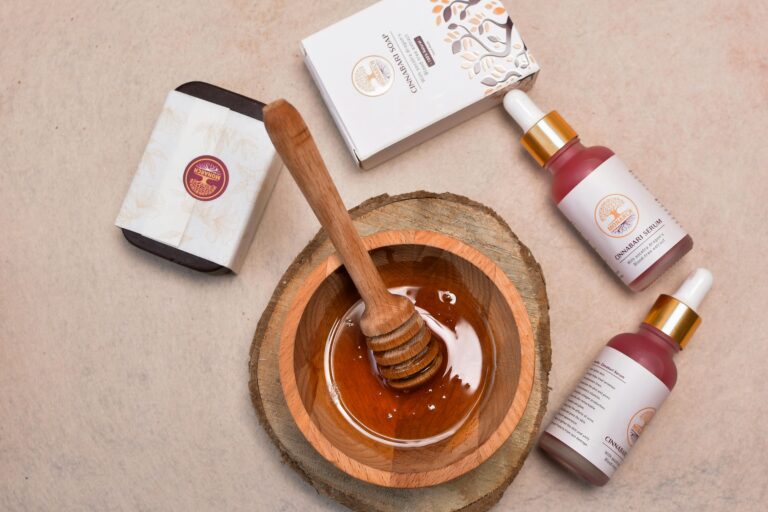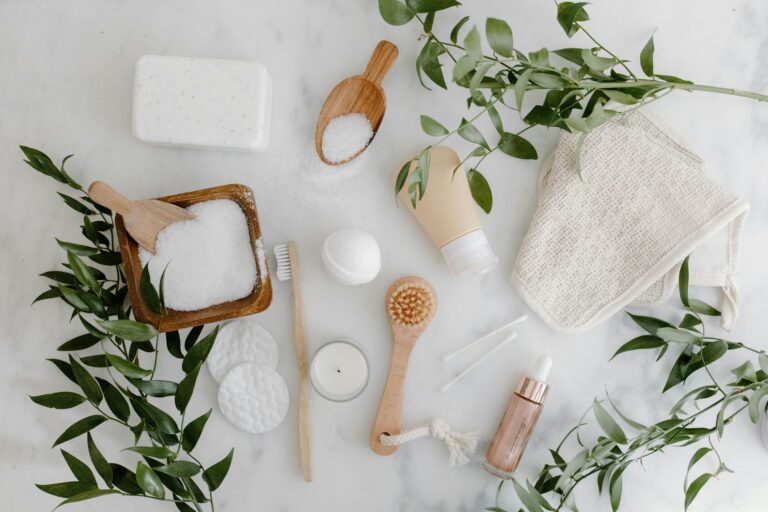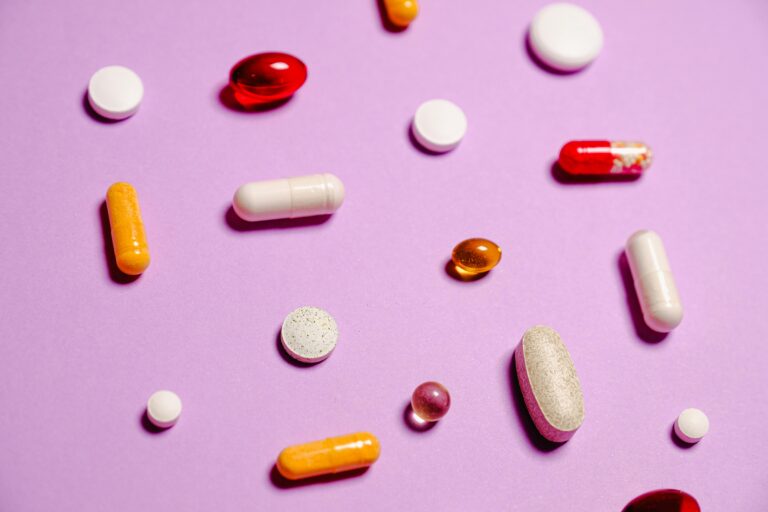Understanding PMS and How to Manage it Naturally
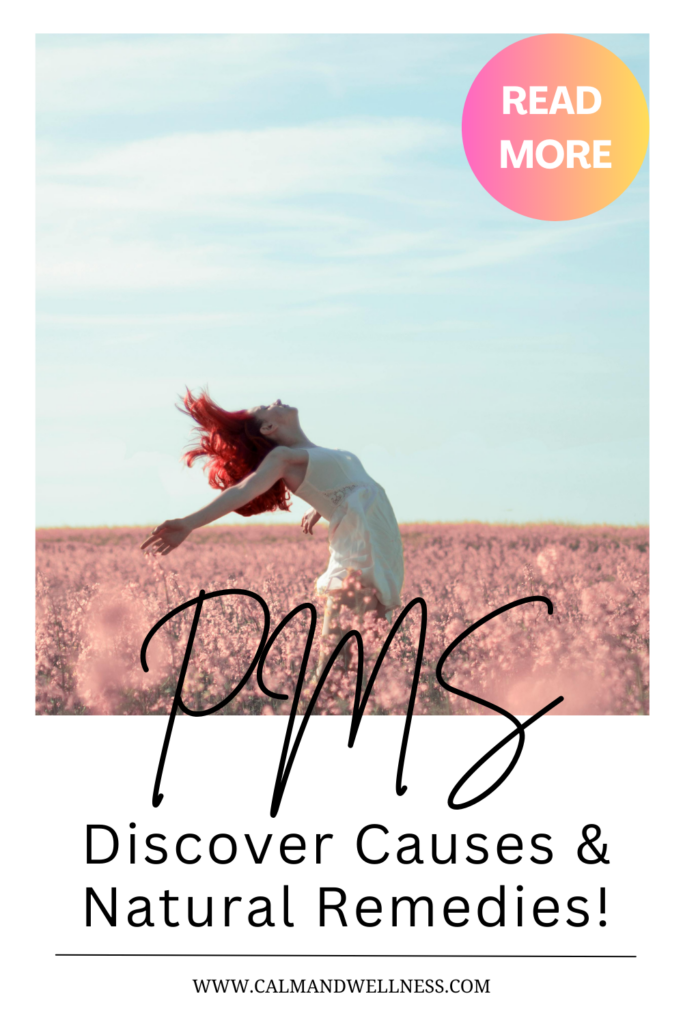
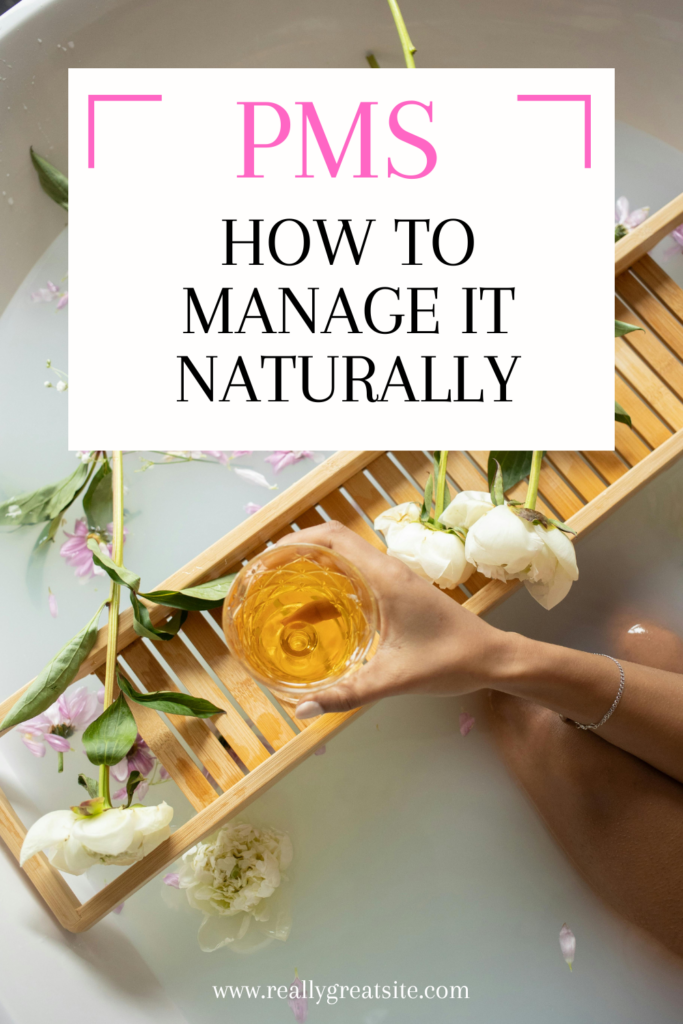
This site contains affiliate links, view the disclosure for more information.
Premenstrual syndrome (PMS) is a collection of symptoms that occur between ovulation and the start of menstruation.
Studies indicate that a large portion of women (ranging from 48% to 75%) experience PMS at some point in their lives.
But why some months your PMS feels like a gentle wave, while others it’s more like a tsunami?
1. What’s Really Premenstrual syndrome (PMS) ?
Picture this: about two weeks before your period, your body embarks on an intricate hormonal dance. Those mood swings that make you cry at cat videos? The mysterious chocolate cravings?
They’re all part of a complex biological process, everyone is different and experiences vary, some of the most common symptoms include:
- Mood swings, irritability, or sadness
- Poor sleep quality and insomnia
- Increased level of anxiety
- Increased appetite (a natural response as your body prepares for menstruation)
- Acne
- Gut issues due to digestive changes such as bloating or constipation
- Menstrual cramps
- Concentration difficulty
But here’s what I wish someone had told me earlier: these changes aren’t just random inconveniences – they’re your body’s way of communicating with you.
2. What is Prostaglandin (And Why It Matters)
Let’s get a bit scientific for a moment. There’s this thing called prostaglandins (stay with me here!) that plays a huge role in your monthly experience. Think of them as tiny chemical messengers that can either be your best friends or your worst enemies.
When they’re out of balance, they’re the ones responsible for those killer cramps and that upset stomach that seems to arrive right on schedule.
Research published in the Journal of Clinical Endocrinology & Metabolism has shown that prostaglandins are directly responsible for triggering uterine muscle contractions – yes, those infamous cramps!
But that’s not all. A comprehensive review in Biomedical Reports demonstrated that when prostaglandin levels are too high, they can also cause that all-too-familiar upset stomach and even contribute to excessive menstrual bleeding.
Basically high prostaglandins lead to increased inflammation, which contribute to more painful periods. So one way to help with PMS then is to help reduce inflammation in the body.
3. Natural Nourishment: Your Guide to PMS Relief
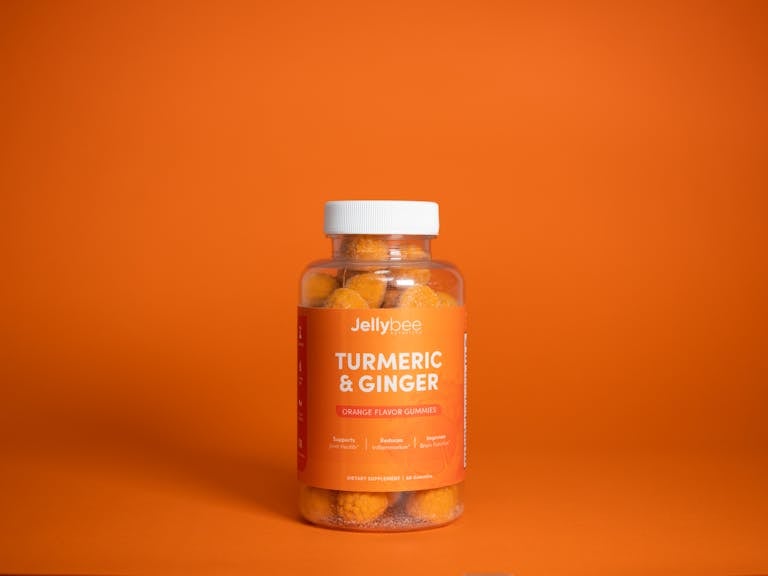
Your body goes through complex hormonal changes during your menstrual cycle, and proper nutrition can help support these natural processes.
Before we dive in, remember that everyone’s body is different, and it’s important to consult with a healthcare provider before starting any new supplement regimen.
Understanding which nutrients can help with PMS is like having a secret weapon in your wellness arsenal. Here’s what research suggests about some powerful options:
The Magic of Magnesium
Think of magnesium as your body’s natural relaxation mineral. It helps reduce those pesky prostaglandins (the compounds responsible for cramping), while also easing anxiety and stress. You can find this mineral superstar in:
- Dark leafy greens like spinach and kale
- Crunchy nuts (especially almonds and cashews)
- Protein-packed legumes
Vitamin D: The Sunshine Vitamin

This vital nutrient plays a crucial role in hormonal balance and may help reduce both the emotional and physical effects of PMS. While sunlight is a great source, you can also find it in:
- Fatty fish (including salmon, mackerel, and sardines)
- Egg yolks
- Red meat
The Power of Omega-3s
These essential fatty acids are like peacekeepers in your body, helping to balance inflammation and ease both the physical and emotional symptoms. Find them in:
✅ Wild-caught fatty fish
✅ Chia seeds
✅ Flaxseeds
✅ Walnuts
The Dynamic Duo: Ginger and Turmeric
These golden spices are more than just flavor enhancers and their anti-inflammatory properties can be game-changers for PMS discomfort. The active compound in turmeric, called curcumin, works alongside ginger to lower prostaglandin levels.
- Starting your day with ginger tea
- Adding turmeric to smoothies or golden milk
- Incorporating both spices into your cooking
- Using them in warming soups and stews
Remember, incorporating these nutrients into your diet is about creating sustainable, long-term habits rather than quick fixes.
Start small, by adding one new food or supplement at a time, and pay attention to how your body responds.
4. Your Body Isn’t Broken (But It Might Need Some Support)

The Sleep Connection
Remember how your mom always said everything looks better after a good night’s sleep? Turns out, she was onto something. Quality sleep is like a reset button for your hormones. I’ve noticed that when I prioritize those eight hours, even my most challenging PMS symptoms become more manageable.
Feeding Your Cycle
Your body is literally preparing for an important biological event – it makes sense that it needs extra support! I’ve found that loading up on magnesium-rich foods can make a huge difference. Add some ginger tea and omega-3-rich foods to your diet, and you might just notice a change in how you feel.
5. Your Monthly Wisdom
While some PMS symptoms are normal, there’s no rule saying you have to suffer through severe ones. If your symptoms are disrupting your life, it might be time to investigate further. Hormone testing can provide valuable insights into what’s really going on with your body.
Remember, your experience with PMS is unique to you. What works for one person might not work for another, and that’s perfectly okay. The key is to listen to your body, honor its signals, and give it the support it needs.
The content on Calm & Wellness is for informational purposes only and is not intended as medical advice, diagnosis, or treatment, always consult with a qualified healthcare professional
RELATED POSTS





19 Natural Ingredients for Hair Care That Actually Work (And Why You’ll Never Go Back)
Okay, real talk. If you’ve ever stared at the back of a shampoo bottle and felt like you needed a chemistry degree to understand it… you’re not alone. Between the sulfates, parabens, and mystery “fragrance”…


